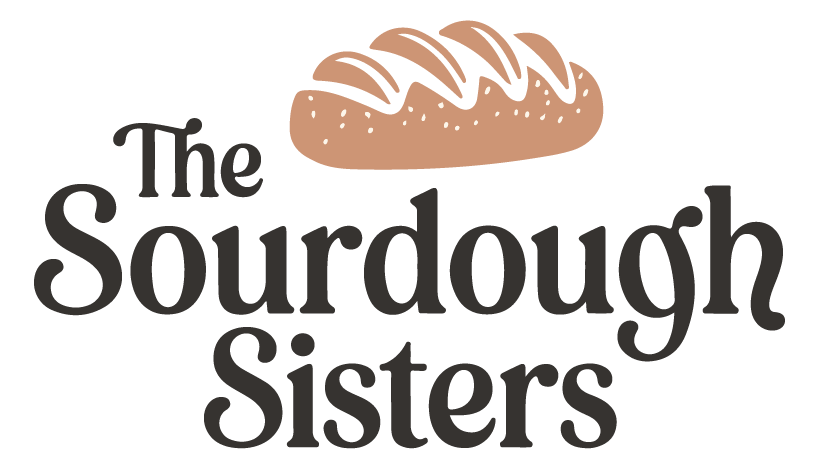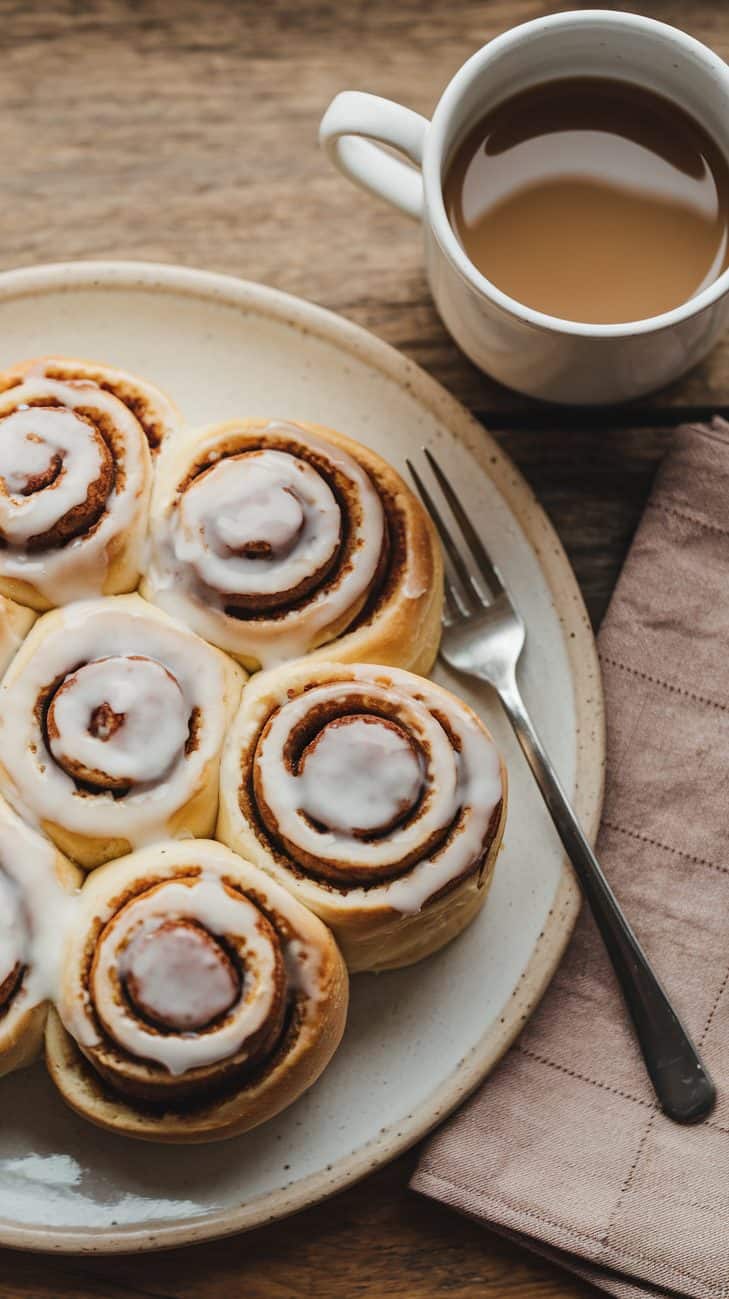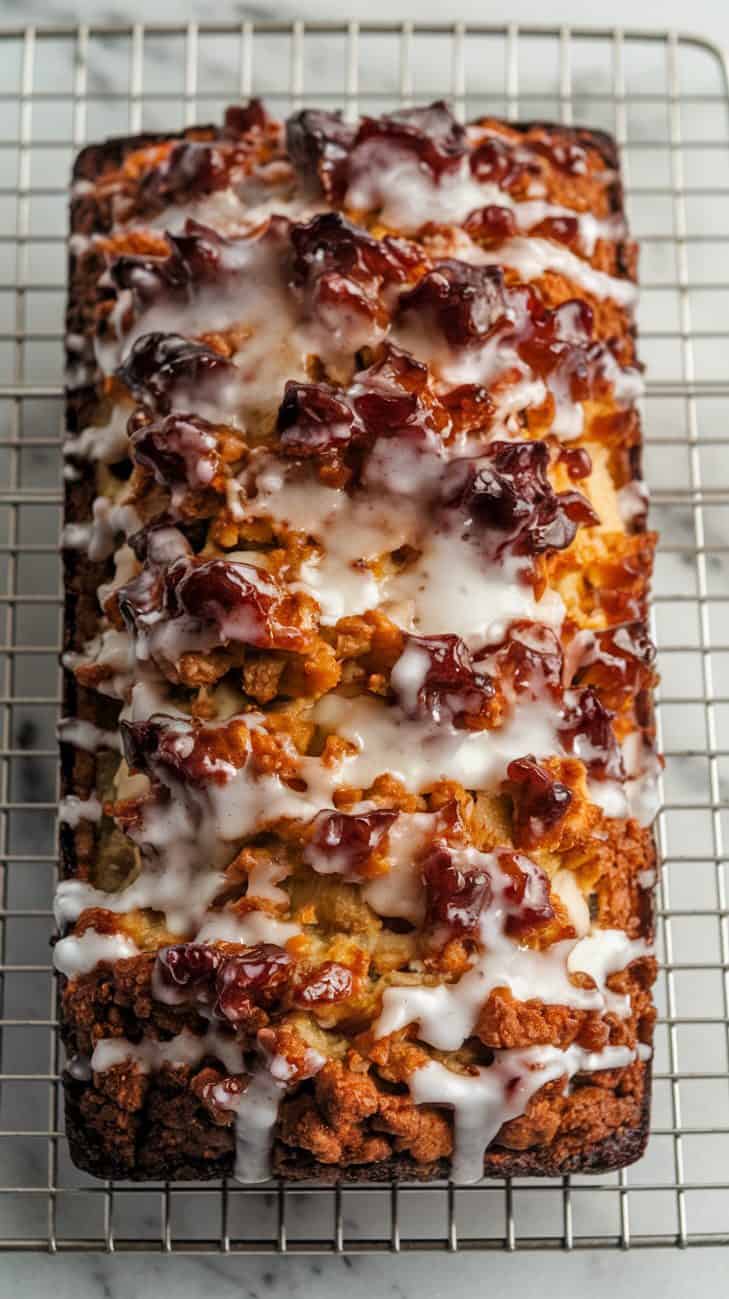Irresistibly Crusty Sourdough French Bread Recipe (Easy & Tasty)
The scent of freshly baked sourdough French bread instantly transports me back to my grandmother’s kitchen. She had a way of turning simple ingredients into something magical, and bread-making was her art.
I remember standing on a stool beside her, hands dusted in flour, watching as she transformed dough into golden loaves with a perfectly crisp crust.
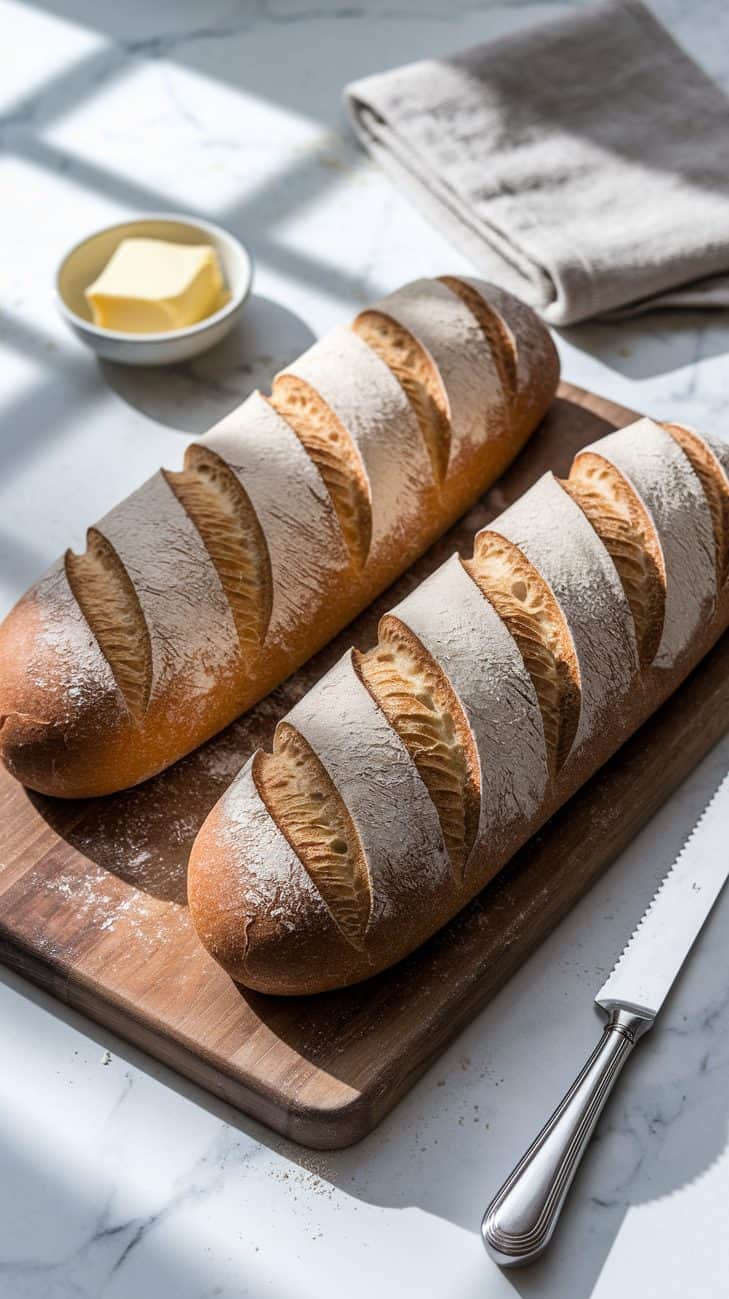
Now, years later, I find the same joy in baking my own loaf. This recipe isn’t just about bread—it’s about patience, tradition, and the joy of sharing something homemade with loved ones.
Whether you’re a seasoned baker or new to sourdough, this step-by-step guide will help you create a crusty, chewy loaf that fills your kitchen with warmth and nostalgia.
Why You’ll Love This Recipe
- A crisp, golden crust with a soft, airy crumb.
- Perfect for sandwiches, toast, or simply dipping in olive oil.
- Uses just four simple, wholesome ingredients.
- Beginner-friendly with easy-to-follow steps.
- Fills your home with the comforting aroma of fresh bread.
Ingredients & Substitutions
- 4 cups bread flour (or all-purpose flour for a slightly softer texture)
- 1 ½ cups lukewarm water (adjust to 1 ⅓ cups if you prefer an easier-to-handle dough)
- ½ cup active sourdough starter (fed and bubbly for best rise)
- 2 teaspoons salt (fine sea salt recommended for better incorporation)
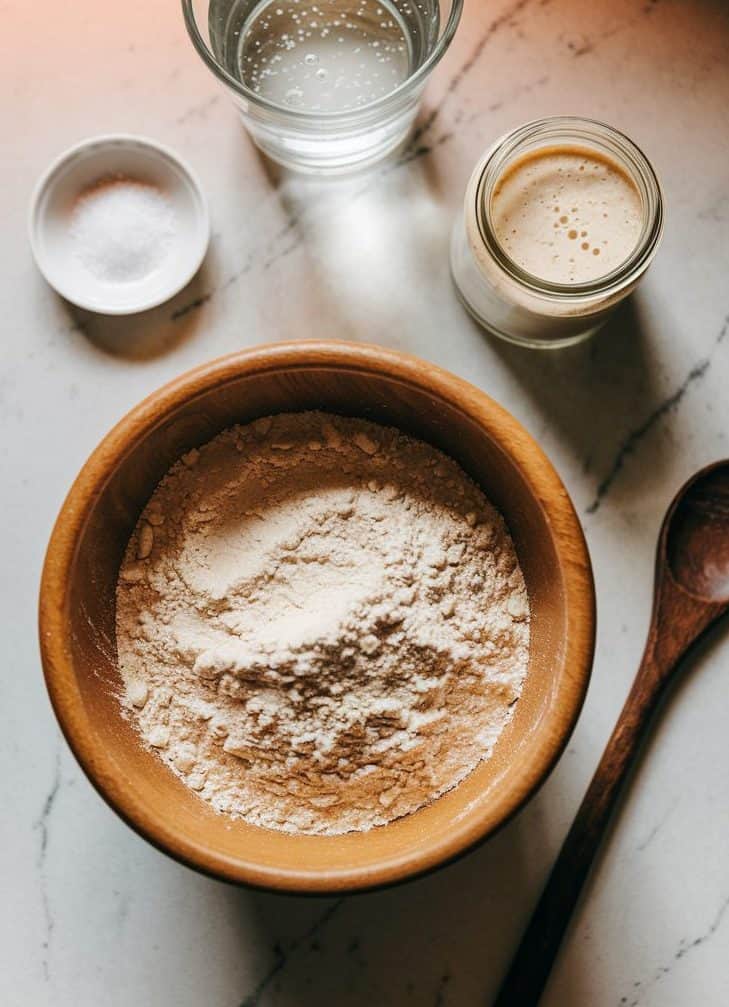
Prep & Cook Time
| Stage | Time |
|---|---|
| Prep Time | 30 minutes |
| First Rise | 4 hours |
| Second Rise | 2 hours |
| Baking Time | 30 minutes |
Step-by-Step Instructions
- Mix the dough: In a large mixing bowl, combine flour, water, and sourdough starter. Stir until no dry flour remains. Cover and let rest for 30 minutes (autolyse step)—this helps gluten develop naturally.
- Incorporate salt: Sprinkle 2 teaspoons of salt over the dough. Knead for 1-2 minutes until fully incorporated.
- Bulk fermentation (first rise, 4-5 hours): Cover the bowl and let the dough rise at room temperature for 4-5 hours. Stretch and fold the dough every 30 minutes (4 times total) during the first 2 hours. This strengthens the gluten.
- Pre-shape the dough: Lightly flour a surface, then gently shape the dough into a round. Let it rest uncovered for 30 minutes.
- Final shaping: Shape into a batard (oval) or baguette (long log). Place the dough seam-side up in a floured banneton (proofing basket) or a towel-lined bowl.
- Cold proof for best flavor (recommended): Cover and refrigerate overnight (8-12 hours) for a deeper flavor and better crust.
Shortcut: If skipping the cold proof, let the shaped dough rise at room temperature for 2 hours, until puffy. - Preheat the oven: While the dough is proofing, preheat the oven to 475°F (245°C). If using a Dutch oven, place it inside the oven to heat up. If using a baking stone or sheet, place a shallow pan of hot water on the bottom rack to create steam (this gives a crispy crust).
- Scoring and baking: Turn the dough onto parchment paper and score the top with a sharp knife or lame.
Baking options:
Dutch oven method — Bake covered at 475°F for 20 minutes, then uncover and bake another 10-15 minutes until golden brown.
Baking stone method — Bake at 475°F for 15 minutes, then reduce heat to 450°F and bake for another 15-20 minutes. - Cooling: Let the bread cool on a wire rack for at least 1 hour before slicing. This allows the crumb to set properly.

Expert Tips for Perfect Sourdough French Bread
- Check your starter. It should be bubbly, active, and doubled in size before mixing into the dough.
- Adjust hydration as needed. If the dough feels overly sticky, incorporate a little more flour; for a more open crumb, keep it slightly wetter.
- Use steam for a crispy crust. When placing the bread in the oven, add steam by misting the oven or placing a pan of hot water on the bottom rack.
- Practice scoring. A sharp blade or bread lame makes it easier to create clean cuts for better oven spring.
- Patience is key. Allow for full fermentation and rising for the best texture and flavor.
Nutrition Facts
| Serving Size | Calories | Carbohydrates | Protein | Fat | Sodium |
|---|---|---|---|---|---|
| 1 slice (40g) | 120 | 24g | 4g | 0g | 200mg |
FAQs About Sourdough French Bread
Can I use all-purpose flour instead of bread flour?
Yes, but the texture may be softer with a slightly less chewy crumb.
How do I know when my bread is done baking?
The internal temperature should be around 200°F (93°C), and the crust will have a deep golden color.
What if my dough is too sticky?
Lightly dust your work surface with flour and use gentle handling during shaping.
Can I freeze sourdough bread?
Yes! Slice before freezing for easy access, and store in an airtight bag to prevent freezer burn.
Relish Every Slice of Homemade Sourdough French Bread
There’s something deeply satisfying about baking your own loaf of sourdough French bread. From the initial mix to the golden-crusted finale, every step is a lesson in patience and craft.
Whether you’re sharing it with family or savoring a slice fresh from the oven, each bite carries the warmth and tradition of homemade sourdough.
